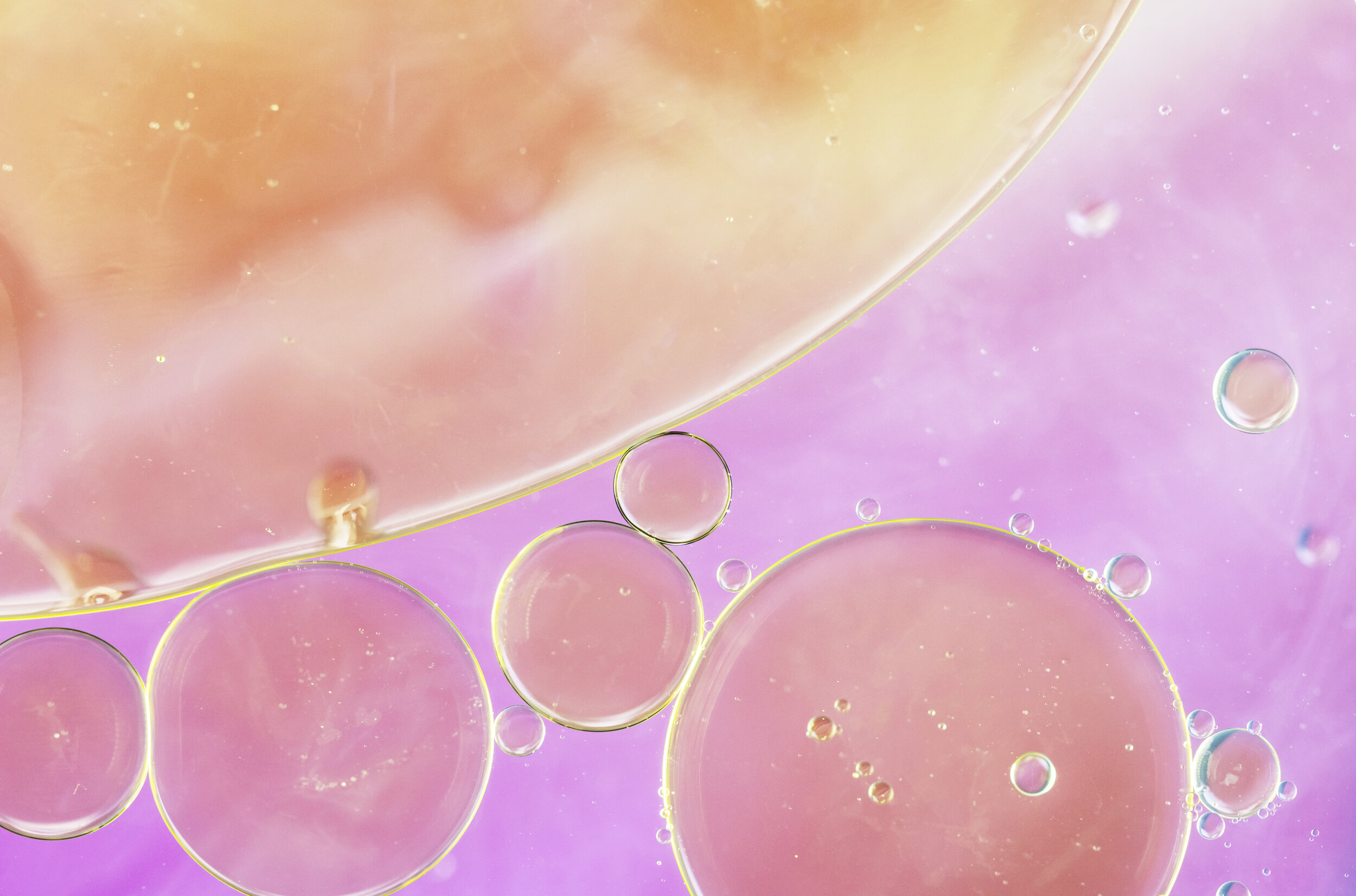What are endocrine disruptors?
You’ve probably noticed the “clean” beauty trend seeping into your TikTok feed or cropping up in a new section of your favourite local beauty store.
It’s everywhere. This fast-growing category in personal care is projected to bring in $22 billion in 2024. Indie brands like Saie Beauty and established companies like Burt’s Bees are riding the Gen Z wave of conscious consumerism, positioning themselves as non-toxic, natural or environmentally-friendly. The clean beauty hashtag even has 1.2 billion views on TikTok.
But what does clean beauty even mean?
At this point, not much. The lack of regulation in the beauty industry paired with compelling marketing campaigns means that many products can adopt the moniker. Regardless, more mindful consumption of the products we use everyday is a good thing.
But the downside is that navigating labels and ingredient lists can be confusing and overwhelming.
Not to worry! We’ve got you. We’re going to break down a phrase that’s being launched around the clean beauty world, a term that many of us have heard, that we’re told to worry about, but might not understand. In this article, we’re giving you the dirt on endocrine disruptors.
What Are Endocrine Disruptors?
First a bit of useful physiological info. Strap into your way-back machine, ‘cause for the next few minutes we’re taking you all the way back to high school science class.
The endocrine system is made up of several organs including the brain, thyroid, adrenals, and gonads (the ovaries and testicals). Endocrine glands release hormones – like estrogen, testosterone, adrenaline and insulin – that travel through the bloodstream and bind onto specific receptors in order to carry out various biological functions.
Endocrine disruptors are chemicals, as the name suggests, that mimic or interfere with your body’s hormone production and regulation. These natural or man-made chemicals can impact our body’s functions in three main ways.
They can bind to receptor sites, blocking the pathways that your natural hormones take. This prevents them from reaching and interacting with hormone receptors.
They can impact the gland directly, influencing it to create more or less of a specific hormone.
They can mimic a hormone in the body, causing changes to hormonal production and metabolism over time.
What’s most alarming is that hormone disruptors are found in many of the products we use on a daily basis. They’re found in our make-up, skin care, hair products, candles, cleaning products, plastics, dry shampoo, nail polish, and perfume.
Most products that we put on our body or use to clean our homes contain endocrine disrupting chemicals. These get absorbed through the skin and go into our bloodstream.
Shockingly, research has shown that on average, women put 168 chemicals on their body every day. This really is a modern problem. Over the last century, beauty and personal care industries have boomed as the federal laws regulating them have remained largely unchanged since 1938.
Why should you care?
Endocrine disruptors can lead to hormonal imbalances which lead to a host of other issues including PMS, heavy painful periods, unpredictable cycles, fertility problems, acne, hair loss or growth, mood winds, headaches, mental health changes, low energy, brain fog, PCOS and thyroid issues. Woof.
If you’re experiencing the consequences of imbalanced hormones, endocrine disrupting chemicals could be exacerbating the problem. They’ve also been linked to increased risks of cancer, metabolic diseases, reproductive and fertility issues.
This is especially important if you have children or are pregnant. Research has shown that endocrine disrupting chemicals can impact fetal brain development.
What can you do?
Luckily, there are a ton of companies working hard to create products that are better for our bodies and the planet. Products accumulate in the body, so making a few mindful swaps can meaningfully impact the amount of endocrine disrupting chemicals our bodies are exposed to.
We hate to say it, because we know those “Tropical Sunrise” candles smell good enough to eat, but heavily scented products are a major source of endocrine disrupting chemicals. Opting for non-toxic scented products and beeswax candles are good first steps towards creating a hormone-friendly self-care routine.
We’ve done the heavy-lifting for you: whether you’re looking for healthier product swaps or your new fav skincare obsession, our Marketplace has you covered.

